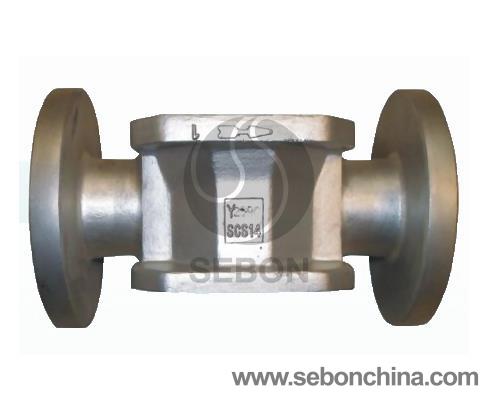
- [email protected]
- 0086-371-86560898

Contact us now for any need or questions about our company or product.


Magnesium alloy casting
Magnesium alloy casting can be made by almost all methods of castings. The casting method to be used depends on to what use magnesium is going to be put. Some of its casting processes are as given below:
Sand casting:
Magnesium alloy's sand castings are used in aerospace uses because of clear advantage they have in weight over aluminum and other metals. A great deal of research and development on these alloys has led to terrific changes in general properties compared with earlier AZ types. There has been and still a very large amount of castings for aerospace uses being made in AZ type alloys, the trend is for making maximum share of aerospace castings in latest zirconium types.
Though, the magnesium-aluminum and magnesium-aluminum-zinc alloys are generally easy to cast they are limited in certain respects. They show micro shrinkage when sand cast and they are unsuitable for uses where temperatures of 95°C are felt. The magnesium rare earth-zirconium alloy do in fact show very good pressure tightness. The greater tendency of zirconium containing alloys to oxidize is overcome by utilizing special melting processes.
The two magnesium-zinc-zirconium alloys originally developed ZK51A and ZK61A show good mechanical properties, but they suffer from heat shortness cracking and are unweldable.
When a demand arose in aerospace engine uses for having metal of high mechanical properties at high elevated temperature (up to 205°C), thorium was replaced for rare earth metal content in alloys of the ZE and EZ type, giving rise to the alloys of the type ZH62A and HZ32A. Not only the mechanical properties improved greatly at elevated temperatures but they also retained their features of good castability and welding. The thorium containing alloys however showed a greater tendency for oxidation, requiring greater care in meltdown and pouring. A further development aimed at improving both room temperature and elevated temperature mechanical properties produced on alloy named QE22A. In this alloy silver replaced some of the zinc, and high mechanical properties were obtained by grain refinement with zirconium and by a heat treatment to the full T6 condition. But problems were experienced with both these alloys.
Permanent mold casting:
Normally alloys which are sand cast can also be permanent mold cast. The exception to this are the alloys of magnesium-zinc-zirconium type which show strong hot-shortness tendencies and are therefore unsuitable for processing by this method.
Die casting:
The alloys from which die castings are normally made are of magnesium- aluminum zinc type. Two versions of this alloy which were die cast for many years are AZ91A and AZ91B. The only difference in these two alloys is higher copper impurity in AZ91B.
The most important reason for using magnesium castings is their lightweight. Due to this magnesium castings have been greatly in use since World War II in aircraft and aerospace industry both military and commercial. The latest trend is magnesium's use in auto field basically as die castings due to demand for lightweight cars to save petrol.
Magnesium has other important casting advantages over other metals:
a) It is an abundantly available metal
b) It is easier to machine than aluminum
c) It can be machined faster than aluminum, preferably dry.
In die casting process it can be cast four times quicker than aluminum. Die life is much more than with aluminum alloy steel casting because there is very little welding on the die surfaces. When protected correctly, especially against galvanic effects it behaves in a very satisfactory way. Modern casting methods and by applying protective coatings ensure long life for well designed components.